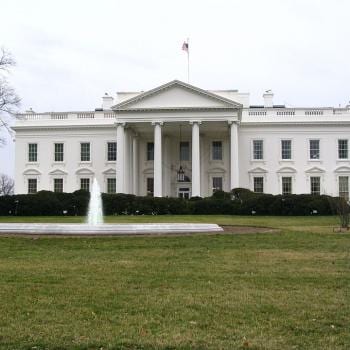We have now sunk to a depth at which the restatement of the obvious is the first duty of intelligent men. – George Orwell
When you make something illegal, you tend to get less of it. Partly this is because people are understandably less likely to engage in an activity if there is even a small chance it will lead to men with guns locking them inside a small room for an extended period of time. Partly this is because illegal activities, if they are to take place, must take place underground, which when the activity requires a willing buyer and seller, makes it harder for the necessary parties to find each other. One sees a lot more advertising for beer now than in the time of prohibition. There is also the effect criminality can have on social norms, and on people’s views of the behavior in question. All of these things combine to make the illegal activity more costly to engage in than it would be otherwise, and as the cost of something goes up, the incidence of it typically goes down. How much of a reduction accompanies criminalization will, of course, depend on a variety of factors, such as the level of enforcement and so on. And of course to say that criminalization reduces the likelihood of an activity is not the same as saying that it eliminates it altogether. Still, it would be passing strange if taking a illegalization did not have an effect on the rate at which the newly illegal activity occurred.
Nevertheless, there are a lot of people who, for whatever reason, want to exempt abortion from this line of reasoning. So, for example, Radical Catholic Mom cites data from the Guttmacher Institute purporting to show high abortion rates in countries where abortion is illegal.
Now the Guttmacher Institute is the research arm of Planned Parenthood. As such, it has both a financial and an ideological interest in finding that outlawing abortion doesn’t decrease the abortion rate. The risk of bias due to these interests is particularly high when you are trying to calculate the prevalence of an illegal activity, since reliable data on such activities is generally harder to come by (for obvious reasons), which leaves more room for creativity when it comes to crunching the numbers. For example, as William Robert Johnson notes:
Many [Guttmacher] estimates are based on limited surveys. Some such surveys are limited to urban areas, which are not representative of rural areas. Other studies use compound assumptions to develop a figure for illegal abortions from data on hospitalizations for miscarriages.
Even if we take the Guttmacher numbers at face value, however, the claim that criminalization does not effect the abortion rate does not bear scrutiny. Abortion in Ireland, for example, is illegal in most cases, whereas across the pond in England and Wales it is basically legal (though with more restrictions than in the U.S.). According to Guttmacher, the abortion rate for Ireland in 1996 was 5.9. For England and Wales, 15.6. That is, by Guttmacher’s own numbers, the abortion rate for England (where abortion is legal) is several times what it is in Ireland (where it is not). Presumably the lower Irish rate is not due to the country’s fanatical devotion to sex education and contraception.
The article Radical Catholic Mom cites doesn’t give the data for Poland (coincidentally enough), but examination of data from other sources produces a similar result. Despite having criminalized abortion (or, rather, because it has done so) the abortion rate in Poland is far lower than in other Eastern European countries (for a fuller examination of the effect of Poland’s anti-abortion statute on the abortion rate, see here).
How, then, does Guttmacher come up with the claim that abortion rates are no lower in countries where abortion is illegal than where it is legal? Simple. Abortion is disproportionately legal in the developed world and disproportionately illegal in the developing world. And, at least the way that Guttmacher calculates its statistics, the developing world tends to have much higher abortion rates generally. Once this is corrected for, and one is comparing developed countries where abortion is legal to developed countries where it is not and developing countries where it is legal to those where it is not, it becomes clear that criminalization has a significant effect on the abortion rate.
If one wants corroboration of this fact, one need only look to American history. As Stephen Levitt and Steven Dubner have noted:
In the first year after Roe v. Wade, some 750,000 women had abortions in the United States (representing one abortion for every four live births). By 1980, the number of abortions had reached 1.6 million (one for every 2.25 live births), where it leveled off.
To believe that legalization did not increase the number of abortions performed in the U.S., one would have to believe that both that there were around 850,000 illegal abortions in America every year prior to Roe (despite abortion being legal in several of the largest states). One would also have to believe that, upon legalization, the number of abortions in the U.S. suddenly and inexplicably fell by about half, only to return to its prior level over the next decade. The first assumption is merely implausible. The second is absurd.











